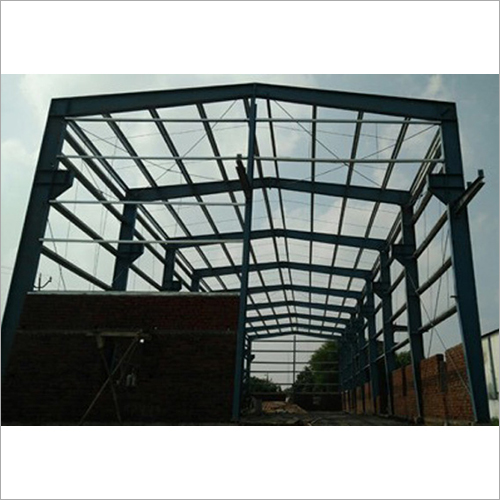Call Anytime
08045813623
 Mon - Sat 8:00 - 6.30
Mon - Sat 8:00 - 6.30Call Anytime
08045813623
 Mon - Sat 8:00 - 6.30
Mon - Sat 8:00 - 6.30
An off-site factory or workshop produces building components for a prefabricated building structure, also known as a prefab building or modular building, which is then transported to the construction site and put together. Prefabricated structures have many benefits in terms of speed, efficiency, quality assurance, and design flexibility.
1. Prefabricated building structures are produced in regulated industrial settings, making it possible for precise and effective construction procedures. Prefabricated, high-quality materials are used to create building components including walls, floors, roofs, and modules in accordance with predefined requirements.
2. Flexibility in Design and Customization: Prefabricated buildings can be modified to meet unique requirements and architectural styles. Prefabricated parts' modular design enables flexible floor plans, layouts, and configurations that can accommodate a range of building sizes, styles, and functionalities.
3. Construction Time: Prefabricated buildings can be put together far more quickly than conventional construction techniques. Construction time is greatly shortened because the components are fabricated concurrently with site preparation. This is especially helpful for jobs that need to be completed quickly or that have time limits.
4. Cost-Effectiveness: Due to variables including lower labour costs, simplified manufacturing procedures, and less material waste, prefabricated building constructions frequently result in cost savings. The controlled environment of the factory also enables effective resource management and economies of scale.
5. Quality Control: During factory fabrication, prefabricated building components go through stringent quality control procedures. Inspections, testing, and adherence to certain industry standards are some of these procedures. The completed building's structural integrity and consistency of quality are supported by quality control techniques.
6. Prefabricated building constructions can aid in attempts to promote sustainability and the environment. Off-site building lessens environmental disruption, and the controlled production process minimises material waste. The environmental performance of prefabricated structures can also be improved through the use of energy-efficient components and techniques.
7. Transport and installation: Prefabricated building components are brought to the job site and put together with the use of cranes or other lifting apparatus. To ensure effective delivery and installation, careful logistics planning and coordination are required. To hasten the installation process, site preparation, including foundation work, is often finished concurrently with component production.
8. Durability and Longevity: Prefabricated building constructions are created to be as durable, safe, and structurally sound as possible. Prefabricated constructions can last as long as traditionally built buildings provided they are built properly and maintained.
It's significant to highlight that site-specific elements and design complexity may be prefabricated building structures' constraints. To ensure proper design, adherence to local building codes, and the effective implementation of a prefabricated building project, consulting with experienced architects, engineers, and prefab building manufacturers is crucial.